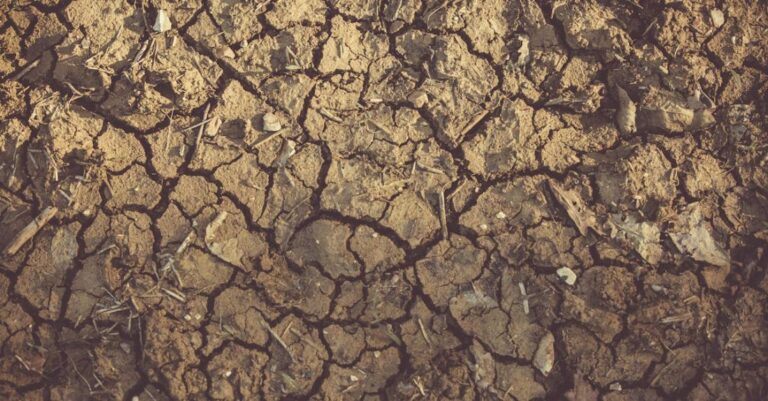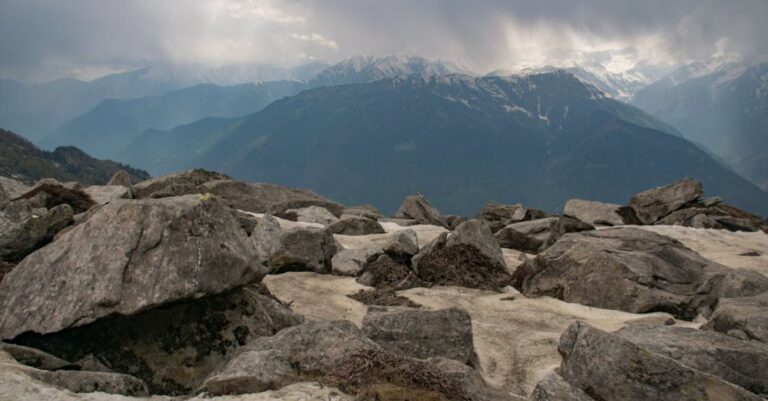
The Fascinating Formation of Galapagos Islands
Nestled in the Pacific Ocean, the Galapagos Islands are renowned for their unique biodiversity and rich ecological significance. But how did these extraordinary islands come into existence? The formation of the Galapagos Islands is a complex process that involves a series of geological events spanning millions of years. Understanding the key processes behind the formation of these enchanting islands provides insight into the dynamic forces of nature that have shaped this remarkable archipelago.
Volcanic Origins
At the heart of the formation of the Galapagos Islands lies the process of volcanic activity. The islands are situated atop a volcanic hotspot, where molten rock from the Earth’s mantle rises to the surface, creating new landmasses over time. This hotspot is not stationary; instead, it moves gradually over the Earth’s crust, leaving a trail of volcanic islands in its wake. As the tectonic plates shift and the hotspot remains relatively fixed, a chain of islands is formed, with the youngest islands located at the eastern end of the archipelago.
Over millions of years, successive volcanic eruptions have given rise to the diverse landscapes that characterize the Galapagos Islands today. From rugged volcanic peaks to lush highland forests, each island bears the imprint of its volcanic origins. The ongoing volcanic activity in the region continues to shape the islands, with new eruptions adding fresh layers of lava to the existing landmasses.
Tectonic Movements
In addition to volcanic activity, tectonic movements play a crucial role in the formation of the Galapagos Islands. The islands are situated at the boundary of several tectonic plates, where the Nazca Plate is subducted beneath the South American Plate. This subduction process generates intense geological pressures, leading to the uplift of the ocean floor and the emergence of new landmasses.
The interaction of these tectonic plates results in the creation of underwater ridges and seamounts, which eventually rise above the surface to form islands. The complex interplay of tectonic forces has contributed to the unique geological features of the Galapagos Islands, including the deep oceanic trenches and rugged coastline that define the archipelago.
Erosion and Weathering
While volcanic activity and tectonic movements are instrumental in the initial formation of the Galapagos Islands, the processes of erosion and weathering play a crucial role in shaping their present-day landscapes. As the islands are exposed to the elements, wind, water, and other natural forces gradually wear down the volcanic rock, creating diverse landforms such as cliffs, beaches, and valleys.
Erosion also contributes to the formation of distinctive geological features, such as sea caves, lava tubes, and volcanic craters. The relentless forces of nature sculpt the islands over time, shaping their topography and creating habitats for a wide range of plant and animal species.
The Evolutionary Legacy
The formation of the Galapagos Islands is not just a geological phenomenon; it is also a story of biological evolution. The isolation of the islands, combined with their varied habitats and unique environmental conditions, has given rise to a remarkable diversity of species found nowhere else on Earth.
The Galapagos Islands are renowned for their role in shaping Charles Darwin’s theory of evolution by natural selection. The distinct ecosystems of the islands, from the arid lowlands to the lush highlands, provide a living laboratory for studying the process of adaptation and speciation in action.
In Conclusion
The formation of the Galapagos Islands is a testament to the dynamic forces of nature that have shaped our planet over millions of years. From volcanic eruptions to tectonic movements, erosion to biological evolution, a myriad of processes have contributed to the creation of this unique archipelago. By delving into the key processes behind the formation of the Galapagos Islands, we gain a deeper appreciation for the intricate interplay of geological and biological factors that have given rise to one of the most extraordinary natural wonders on Earth.





